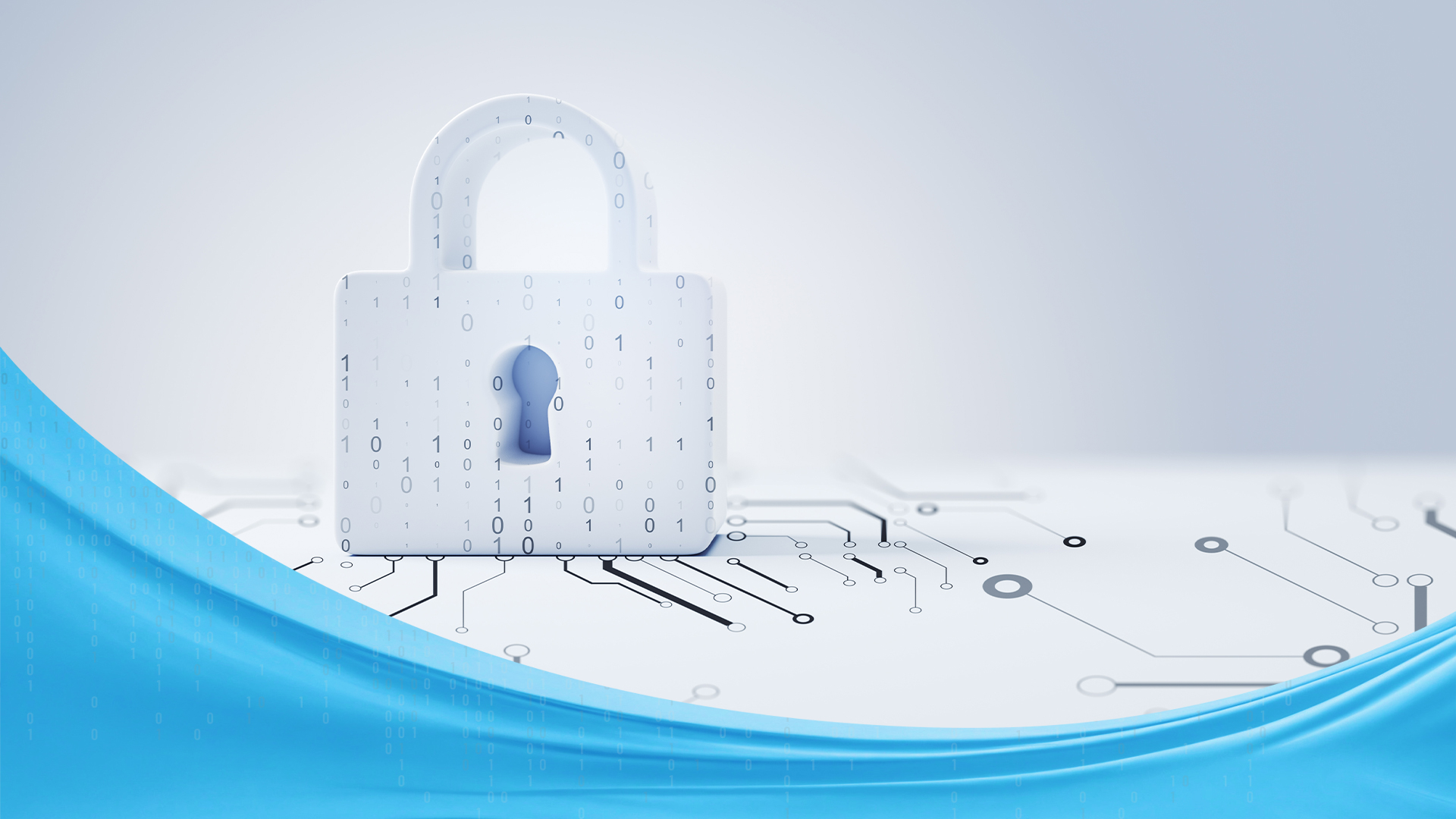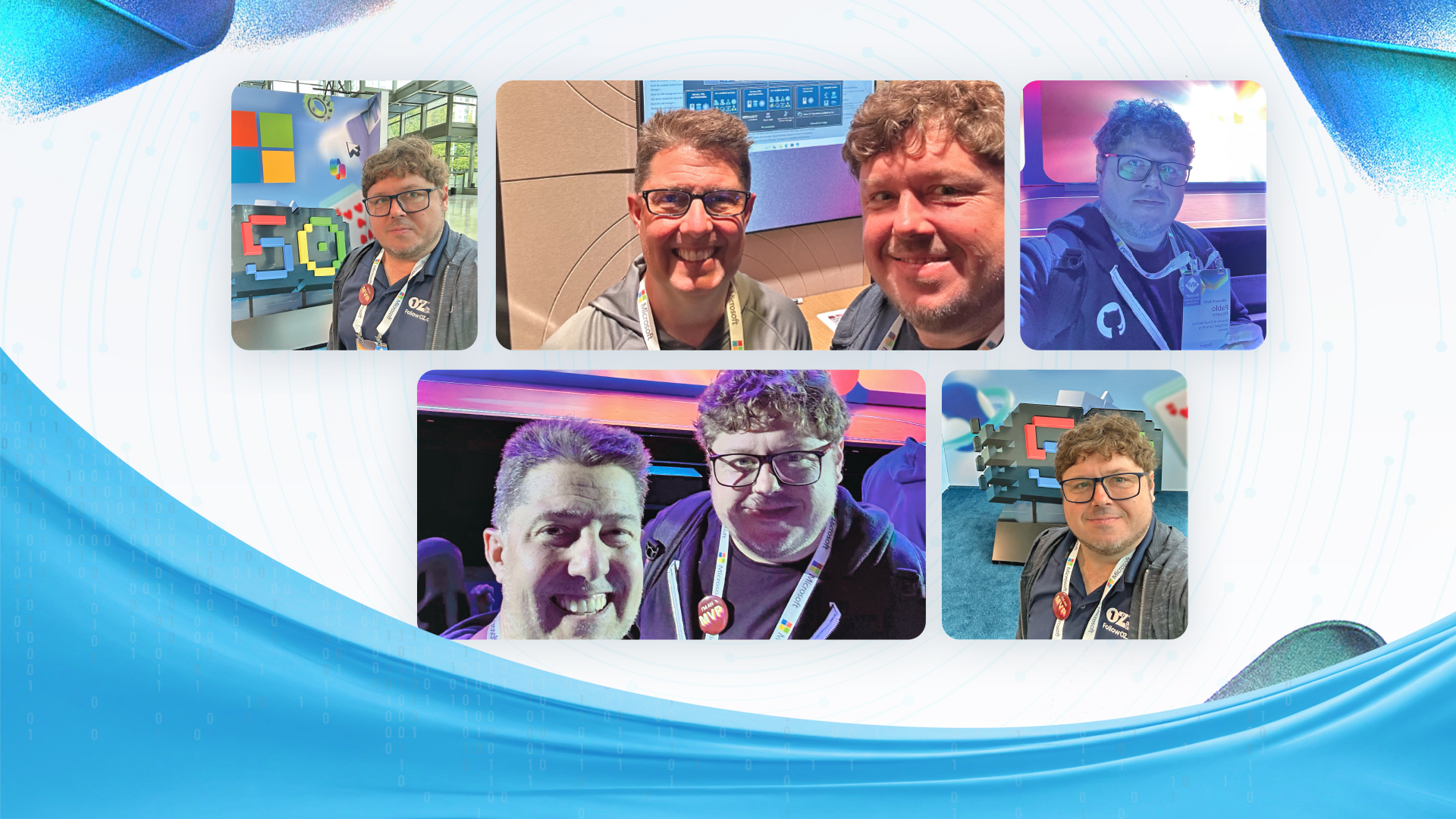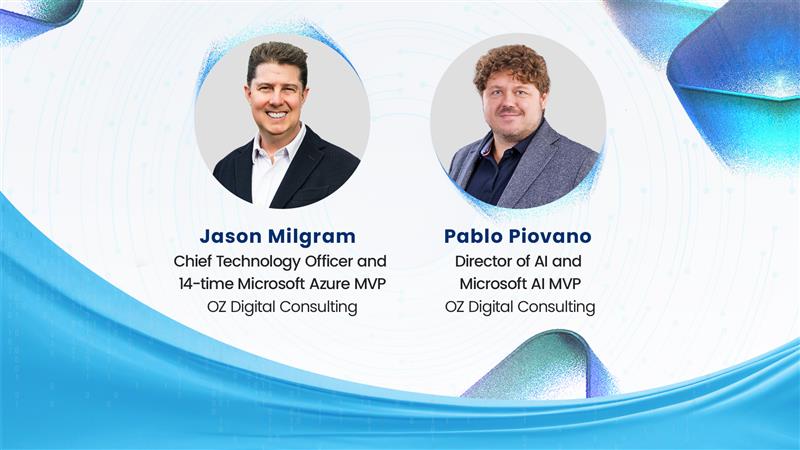By now, we all know there’s no AI without data—good, clean data. AI works only when the data it’s fed works. As more companies adopt AI, data transparency and privacy will take center stage. But here’s the paradox: if AI is to take off, it needs to be useful. And to be useful, it needs our data. For example, what use would an AI-powered recommendation be if it did not know our preferences? However, customers are not always willing to share their data. Neither are businesses.
Businesses need to protect their data for several reasons, so they’re reluctant to trust sensitive data to a public service provider. Without clear privacy laws, their data could be used for training the AI algorithms of public cloud providers. These genuine concerns are driving private AI, a promising yet contentious trend. That means enterprises are creating their own AI trained on their own datasets.
Private AI is Not Like Private Cloud
The idea behind private AI is privacy. It ensures your customers’ intellectual property, data, and access to that data are all private, protected, and walled off. Private AI reduces data exposure and unauthorized data sharing, ensuring sensitive information stays confidential.
At the Microsoft Research Faculty Summit, Kristin Lauter, Mathematician and Research Group Manager, used an interesting analogy to explain private AI. Imagine you had some gold that you want to turn into jewelry (an analogy for doing computation with the data you have). You don’t necessarily trust your jeweler, so you lock your gold in a box and hand over the whole block of gold. Your jeweler works on the gold through a glove box, never getting to open the box or getting the key. Once the jewelry is made, it’s left in the box for you to unlock. Private AI is similar: it processes the data in the cloud and returns an encrypted result to you.
It’s a trend that shows no signs of abating as more organizations integrate AI into their operations. Here’s why:
1. Data Privacy
AI is only as good as the data, but here’s the thing: the data is yours. As Appian Founder and CEO Matt Calkins emphasizes in his CEO keynote, “We say you should keep your data. The value that made AI possible is in fact yours. You should keep that value.” Data privacy continues to be a hot-button issue, and despite privacy laws like GDPR and SOX, it’s still largely unregulated. With organizations becoming more data-driven and AI-led, “data privacy and cloud sovereignty are top concerns,” says Jason Milgram, SVP and Azure Leader at OZ Digital Consulting. So, organizations are understandably hesitant to share their data with public cloud AI providers who might use it to train their models. Private AI, therefore, is an attractive option for companies who want to reap the benefits of AI while having greater autonomy over their data. Private AI does not expose user data to the model owner and trains models across several private datasets that can be shared only in encrypted form.
The rise of Generative AI—which uses data models derived from the entire internet— has set off concerns around the security and protection of corporate IP, confidential information, and company trade secrets. As more employees use generative AI to draft a work email or summarize meeting notes, organizations worry that confidential information may inadvertently leak out. In fact, some companies, like JPMorgan Chase, have clamped down on employees’ use of ChatGPT. With private AI, businesses can run Generative AI with hybrid models, using public and private data that’s secure behind their corporate firewall. It allows you to build your own stack, choose your LLM, and fine-tune it based on your proprietary data. Then, deploy your large aggregate model for inferencing and eventually allow your employees to use it.
2. Security and Compliance
Many industries that handle sensitive client information—such as financial services and healthcare—are under stringent regulatory scrutiny and must be extra careful when dealing with customer data. With private AI, they don’t have to fear that future regulations will derail their AI initiatives due to ambiguous data privacy practices from providers. Even if you anonymize your data when using public AI, you still risk losing ownership and control. Private AI mitigates these threats. By controlling where data is stored and how it’s used, organizations can comply with privacy laws such as HIPAA, CCPA, and GDPR. Enterprises can design their models and data architectures to have greater control over their data.
3. Flexibility and Greater Control
With private AI, you can design your AI models and data architectures for the results you want, train on the data you have, and perform the behaviors you want—and all the while, your data never escapes your control. Your models stay unique, and you ensure your data is benefiting your business and customers, not your competitors or a public cloud provider.
Private AI puts you in charge of how your data is used, how it’s accessed, and who accesses it. You could specify what equipment is used to store and move the data, including the physical locations for data storage. You won’t need to outsource compliance responsibilities to third parties, as would be necessary with public AI models.
Instead of sending internal data into public models with the potential for exposure, organizations can take control of their data and provide guardrails wherever and whenever needed.
What’s the Infrastructure You Need to Build Private AI?
Adopting private AI does not mean an organization must build its foundational LLMs from scratch. By using retrieval-augmented generation or RAG, you can use private AI architecture which restricts queries and requests to a company’s internal database, SharePoint, API, or other private sources. It works by, instead of querying public data sets, an AI model first queries a company’s internal databases, document libraries, and other system information—like the company’s intranet. After the AI retrieves those results, the AI appends them to the query and sends it to the public model. With RAG, organizations can secure their data and keep it from being used publicly while also receiving robust responses from complex public LLMs.
Just because your AI environment is private doesn’t mean you should disconnect from public clouds entirely. The key is in being able to connect to public clouds on your own terms. This means building a cloud-adjacent data architecture, where you have control over your data while also being able to move it to the cloud on demand via dedicated, private network connections.
Next Steps
Building your own private AI infrastructure doesn’t mean you have to build it alone. With the right partner and expertise, you can deploy the necessary network and cloud services to scale your AI infrastructure quickly and adapt to changing business needs. Partner with us to set up the AI infrastructure you need in the locations you want without the complexity and high costs of setting it up yourself. With over 25 years of experience providing technology solutions to clients in healthcare, travel & hospitality, retail, insurance, and government, we can help you balance the business gains of AI with your organization’s privacy and compliance needs. Contact us today for a free consultation.





